Background
This was one of the first roads to be developed on the Corbett Estate, and one of the longest: the houses were built in 1898. It starts at a right angle from Springbank Road just to the south of Hither Green Station on the eastern side of the development, curves around to the south, crosses Brownhill Road (the South Circular) and heads due south to the very far end of the estate at Hazelbank Road. After climbing slowly uphill, it runs level across the ridge that forms the watershed between the valley of the river Ravensbourne to the west and the valley of the river Quaggy to the east.

Torridon Road in 1898, with Hither Green Congregational Church on the right
According to the 1911 census returns there were 215 houses in the road with 917 people living in them. These numbers are similar to those in Wellmeadow Road, which is the longest road on the estate, but Torridon Road is not a great deal shorter. The houses vary considerably in size and style, starting with the typical double-fronted houses with keystones in the shape of human heads above the doorways and becoming smaller as the house numbers increase from north to south.
The Early Residents: details from the 1911 Census
The people staying in the houses were mainly female (57%) and 39% of them were children. 89% of households consisted of a married couple with an average of 2.15 children and an average of 4.27 people in each house. The largest number of people in one house was 9 at No. 56, where George Alexander, an Army pensioner described as “Mauritius resident”, lived with his wife Helen and their seven children. They had three sons and four daughters aged between one and thirteen and the three eldest were born in India. Eleven houses had live-in servants, ten had lodgers and there were 16 visitors staying over on the night of the census. 72% of the people were born within the current Greater London area which is in line with the overall average on the estate. A number of people were born overseas in Australia, the USA, France, Germany and Russia.
The oldest person living in the street was Mrs Anne Thorne, an 84 year-old widow from Somerset, who lived with her daughter and son-in-law and her two granddaughters. The most popular names for adults were Mary and Elizabeth and William and John. The commonest children’s names were Elsie and Gladys and Leslie and John. 59 families named their children after one of the parents, a practice that is less common these days in the UK than at that time. The most unusual surname belongs to Herbert Cobbell Selous who was a Stock Exchange broker’s clerk originally from Greenwich.
The commonest occupations were that of clerk (26%) and servant (6%) and 9% worked in tailoring, dressmaking, drapery and millinery. Clerks worked in a wide range of professions, including accountancy, banking, publishing, insurance, auctioneering, commerce, manufacturing, engineering and even in “Fancy Business”. The most unusual job was held by Mr Valentine Tolhurst who was born in Rotherhithe and was a shrimp salesman.

Another early view of Torridon Road showing the bread delivery cart
Churches on the Corbett Estate
There were seven churches on the St German’s Estate in its heyday. In his book Hither Green “The Forgotten Hamlet” Godfrey Smith provides details of all the churches in the area. The summary descriptions below are gleaned from this book and from the internet.
The Parish Church of St Andrew’s, Catford, Torridon Road
Built 1903-4 and consecrated in October 1904, this church was built as part of the St German’s estate. It remains a very active church today at the centre of the development.
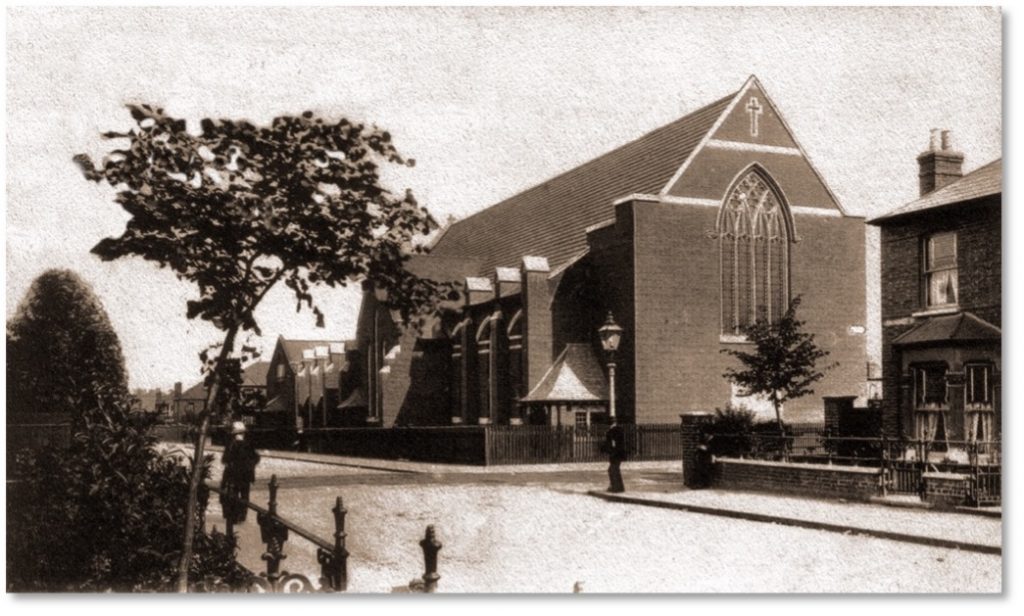
St Andrews Church c 1910
Brownhill Road Baptist Church
The church was opened on the 8th of July 1903 and the church hall on the 5th of June 1937. Damaged by a bomb blast in 1944, it was not used again until 1947. It is currently active in the community.
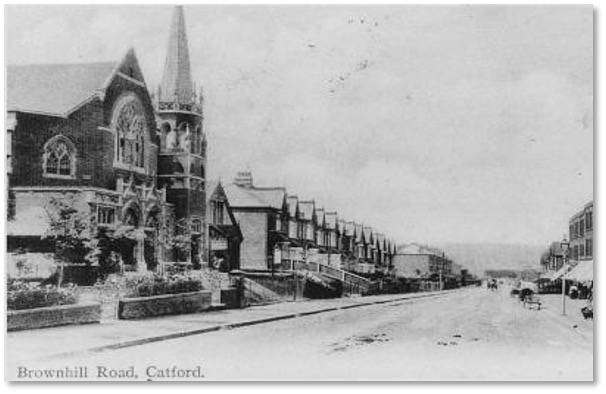
An early picture of Brownhill Road Baptist Church
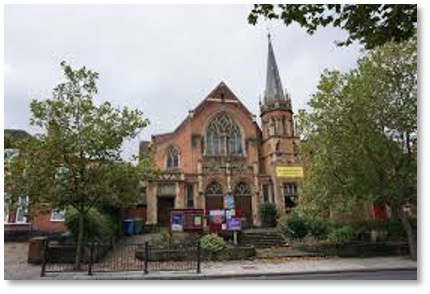
A more recent picture of Brownhill Road Baptist Church
Hither Green Congregational Church (later United Reformed Church), Torridon Road
This church opened on the 25th September 1906. In 1972 the Congregational and Presbyterian Churches merged to become the United Reformed Church. The church building was later demolished for housing but the hall remains. A book was published by Raymond Lemmy (Independent Press) in 1949 on the history of the church from 1899 to 1949.
Hither Green Methodist Church, Torridon Road
Services started in a tent in 1898 where the flats stand today. Built in 1913 as the Benson Memorial Church, it was damaged by enemy action in 1944 and services were held in the old hall until 1948. The church closed in 1993 and was demolished in 1995 for housing. The church hall was modified to become a combined church and hall which opened in January 1996.
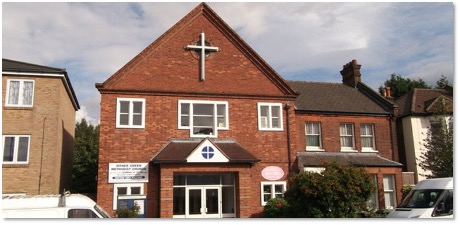
The United Methodist Church in Torridon Road – a relatively recent picture
Wesleyan Methodist Church, Hither Green Lane
This large church with a church hall and a school attached was completed in April 1900. Sadly it was destroyed by a bomb on 11th September 1940. No trace of these buildings remains today and a block of flats and some houses later replaced them. The congregation moved to the Methodist Church on Torridon Road.
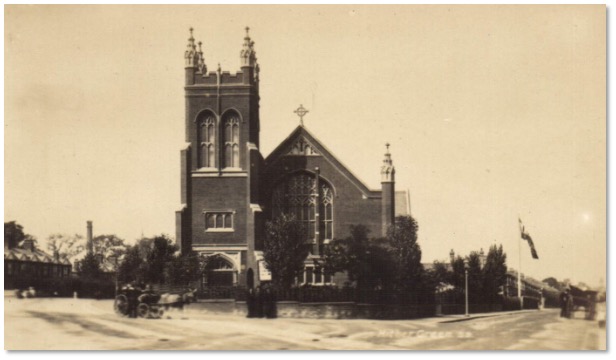
The Wesleyan Methodist Church in Hither Green Lane
Presbyterian Church, Birkhall Road
This church was built in the early 1900s and closed in 1934. The site is now a playground for Torridon Road School. The London Metropolitan Archives holds a marriage register for the church covering the years 1908 to 1931.
Plymouth Brethren, Glenfarg Road
There is mention of a meeting house for Plymouth brethren in Glenfarg Road. Apart from the fact that this was founded in 1900 we have been unable to discover any further details so far.